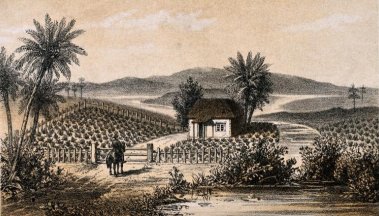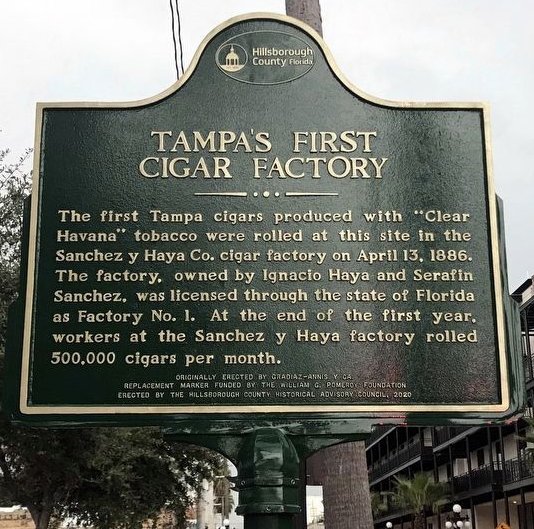Cigars have been an integral part of human culture for centuries. They have been enjoyed by people from all walks of life, and have played an important role in many historical events. From their early origins in the Americas, to their rise in popularity in Europe, and their eventual spread around the world, cigars have a long and fascinating history. In this article, we will explore the history of cigars, from their origins to the present day, and examine their cultural significance throughout history.
Origins of Cigars:
The origins of cigars can be traced back to the indigenous people of the Caribbean, who were the first to cultivate and smoke tobacco. They believed that tobacco had medicinal properties and used it in religious ceremonies, as well as for recreation. The practice of smoking tobacco quickly spread to other indigenous groups in the region, and was eventually observed by European explorers and traders.

In 1492, when Christopher Columbus landed in the Americas, he encountered the Taino people of the Caribbean and observed their use of tobacco. He and his crew also tried smoking tobacco themselves, but did not find it to their liking. It was not until the early 16th century, when Spanish conquistadors began to explore the New World, that tobacco smoking became more widely known in Europe.
The first recorded use of the word “cigar” comes from a letter written by a Spanish explorer, Rodrigo de Jerez, who observed the Taino people smoking rolled-up tobacco leaves. When he returned to Spain in 1493, he brought tobacco with him and began smoking it himself. He was reportedly the first European to smoke tobacco, and was even imprisoned for it, as the Catholic Church deemed smoking to be a sinful act.
The Early Development of Cigars in Europe:
Despite the early opposition to tobacco smoking in Europe, the practice became more popular in the 16th and 17th centuries. It was initially used for medicinal purposes, but soon became a recreational activity. The first European tobacco plantations were established in the Portuguese colony of Brazil in the early 16th century, and soon spread to other parts of South America and the Caribbean.

The first cigars were likely made by rolling tobacco leaves in the traditional Taino style, but it was the Spanish who first began to develop a more refined cigar-making process. In the early 17th century, Spanish tobacco growers in the Caribbean began to experiment with different methods of rolling and packaging cigars, using local tobacco varieties.
Cuban Cigars:
By the late 18th century, the island of Cuba had become a major producer of high-quality tobacco, and had developed a reputation for producing some of the finest cigars in the world. This was due in part to the ideal climate and soil conditions on the island, which were well-suited for growing tobacco.
Cuban cigars became particularly popular in Spain, where they were seen as a symbol of wealth and status. The Spanish government even established a tobacco monopoly in Cuba in the early 19th century, in order to control the production and distribution of Cuban tobacco.
During this time, cigar making also became a major industry in Cuba, with many small workshops and factories producing cigars for both domestic and international markets. Cigar makers, known as torcedores, were highly skilled artisans who were able to roll and shape cigars by hand, using traditional techniques that had been passed down from generation to generation.
The Golden Age of Cigars:

The late 19th and early 20th centuries are often referred to as the “Golden Age” of cigars. Cigars had become a popular luxury item, and were enjoyed by people from all walks of life, from wealthy businessmen to working-class laborers.
In the United States, cigars gained popularity in the early 20th century, particularly among wealthy and influential individuals. However, the cigar industry was hit hard by the Great Depression and the rise of anti-smoking sentiment in the mid-20th century, leading to a decline in cigar consumption.
Despite this decline, the popularity of cigars has continued to endure, with many people still enjoying the taste and aroma of a well-made cigar. Today, cigars are produced and enjoyed around the world, with a variety of different styles, flavors, and sizes available to suit different tastes and preferences.